Introduction
In the rapidly evolving digital landscape, Application Programming Interfaces (APIs) have become indispensable to software development. They serve as the bridges that enable different software applications to communicate effectively, facilitating seamless integration and the exchange of information. APIs are crucial for accessing specific functionalities or data from other software systems, without needing to understand their complex inner workings.
As APIs continue to play a vital role in modern tech industry, it's essential for developers to understand their basics, choose the right API for their needs, ensure proper authorization and authentication, handle API requests and responses effectively, and document APIs with clarity and completeness. This article will explore all these aspects of APIs and provide insights into their common use cases and advanced techniques, as well as troubleshooting and debugging strategies. Additionally, it will highlight the benefits and outcomes of using Kodezi, an AI-powered development platform, to enhance efficiency and productivity in API-driven software development.
Understanding API Basics
In the rapidly evolving digital landscape, Application Programming Interfaces, or APIs, have become indispensable to software development. An API is a set of rules and protocols that enables different software applications to communicate, much like how an interpreter facilitates a conversation between people speaking different languages.
They are the cornerstone that supports the seamless integration and function of applications, be it your favorite smartphone apps like WhatsApp or vital web services you use every day. At the heart of an API's functionality is its ability to define the methods and data formats that applications can use to request and exchange information.
This allows applications to access specific functionalities or data from other software systems efficiently, without needing to understand their complex inner workings. Consider an ATM's interface, with its screen and buttons that allow customers to interact with their bank—it's an intuitive and accessible channel that enables users to perform a range of services.
Similarly, APIs serve as the interfaces that developers leverage to build upon existing functions, facilitating innovative solutions without reinventing the wheel. Understanding APIs goes beyond recognizing their pivotal role; it also involves appreciating their evolving significance in today's digital domain. Google refers to APIs as the 'crown jewel of software development,' underscoring their value in creating more sophisticated and interconnected applications. As big data and new technologies continue to arise, APIs are more crucial than ever, enabling developers and stakeholders to collaboratively enhance systems and pave the way for advancements. Their universal importance can be seen as they drive both everyday conveniences and extraordinary innovations, making them a fundamental topic for any developer looking to excel in the modern tech industry.

Choosing the Right API for Your Needs
Selecting the right API is tantamount to choosing the best building blocks for your software's architecture. Each API comes with its own set of protocols and serves as the critical intermediary allowing disparate software programs to communicate effectively.
Just as an ATM’s interface facilitates transactions between a customer and their bank, APIs enable applications to exchange data and services with ease. The key is to find an API that suits your project's specific needs, helping avoid redundant coding efforts and leveraging existing functionalities.
When deliberating over APIs, considering an API-first strategy is prudent. This method foregrounds the creation of robust, high-quality APIs even before constructing the application, ensuring that the final system is versatile and integration-ready.
In the real world, this approach echoes the sentiments widely endorsed in the financial industry and by contemporary innovators who argue for a need-driven development process. This ethos was captured in an insight from tech thought leaders, "Focus on 'Needs' versus 'Wants'."
They emphasized the importance of building platforms that tackle the core requirements of various customers rather than superficially fulfilling their expressed desires. In practical terms, a company combating the challenge of parsing dense, unstructured pitch decks in PDF format underscores the importance of selecting the right API.
The task here was not just accessing text from a PDF but doing so in a manner that retains the relational data between graphical elements and text, which traditional tools like pdf-parse couldn't fully accomplish due to parsing inconsistencies. With APIs becoming more integral to software development amidst a surge in big data and emerging technologies, their importance swells. Google's naming of APIs as the 'crown jewel' of software development isn't in hyperbole; APIs' capability to tie different applications together underpins innovative, efficient solutions. As you choose an API, go beyond surface-level requirements and dive deep into the 'needs' of the project. This will provide a lasting foundation for your applications, just as it does for the ever-evolving digital platforms of large institutions. Whether for managing vast datasets or integrating complex systems, APIs are the linchpin for creating adaptable, cutting-edge software solutions.
Setting Up API Authorization and Authentication
As our digital ecosystem expands, APIs (Application Programming Interfaces) have become the linchpin of software development, fostering seamless interactions between diverse applications. However, this integration has a critical vulnerability: the security of APIs which, when compromised, can result in catastrophic exposure of sensitive data. Recognizing the gravity of API breaches where unauthorized access to APIs can put entire business operations at risk, it's imperative to employ robust authorization and authentication strategies.
Methods such as API keys present a baseline defense mechanism, but stronger, more nuanced measures like OAuth tokens and JSON Web Tokens (JWT) are the gold standard in modern API security. These advanced techniques not only help in verifying and safeguarding against unauthorized access but also ensure that communication remains strictly between trusted parties. Establishing these protocols is not just about preventing data breaches; it's about maintaining the integrity and trust in the digital platforms that underpin our web applications.
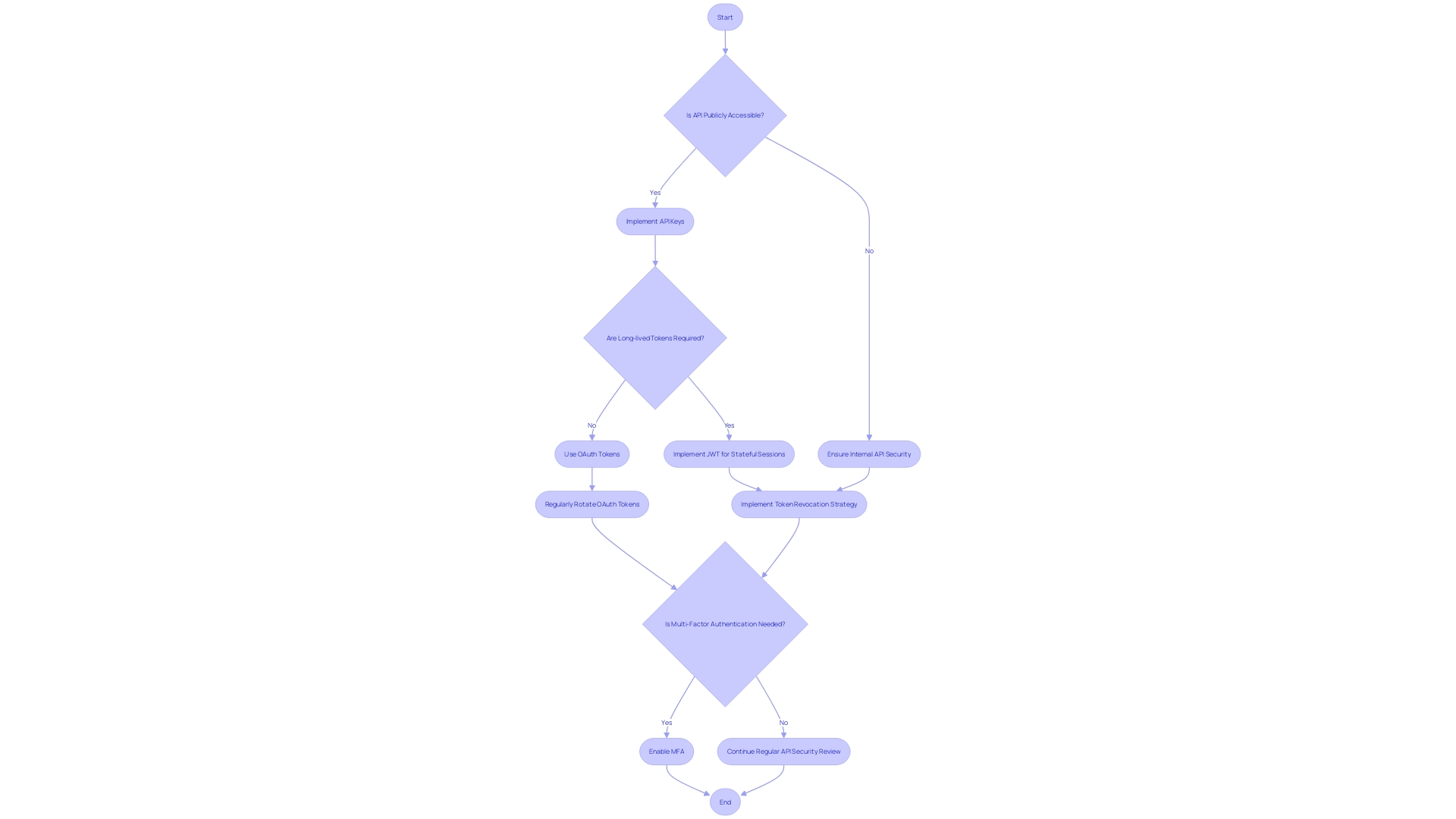
Making API Requests and Handling Responses
At the core of our digital ecosystem, Application Programming Interfaces (APIs) serve as crucial conduits, allowing diverse software systems to converse fluently, sharing data and commands. Devising and managing API requests is not unlike conducting an orchestra, each section must be in sync for the symphony to resonate with purpose and clarity.
To select an API that harmonizes with your development goals, consider the innumerable options at your disposal. RESTful APIs, for example, offer simplicity in data retrieval and manipulation, making them a popular choice in web development scenarios.
Each API request forms a petition to this software system, seeking data from sources like social media, financial records, or meteorological forecasts. Upon choosing a suitable API, the construction of requests is akin to crafting a precise and courteous dialogue.
It's essential to comprehend what characterizes a quality exchange. A request, by nature, embodies the question posed to the API—a good request is succinct and exact, much like any clear query should be.
In contrast, speed and efficiency often define response performance. Ideally, the API should respond swiftly, but what constitutes 'swift' can vary, influenced by industry benchmarks, application context, and end-user expectations. As you send forth these digital envoys, anticipate a gamut of responses. Effective handling of these outcomes, whether data-rich success or error-laden failures, necessitates a robust error management strategy. Such a strategy should've been instilled from real-world lessons, such as our late-night alert regarding login issues in a legacy Android app—reminding us that vigilance in API monitoring, akin to regular vehicle inspections, is paramount for sustainable operation and security.
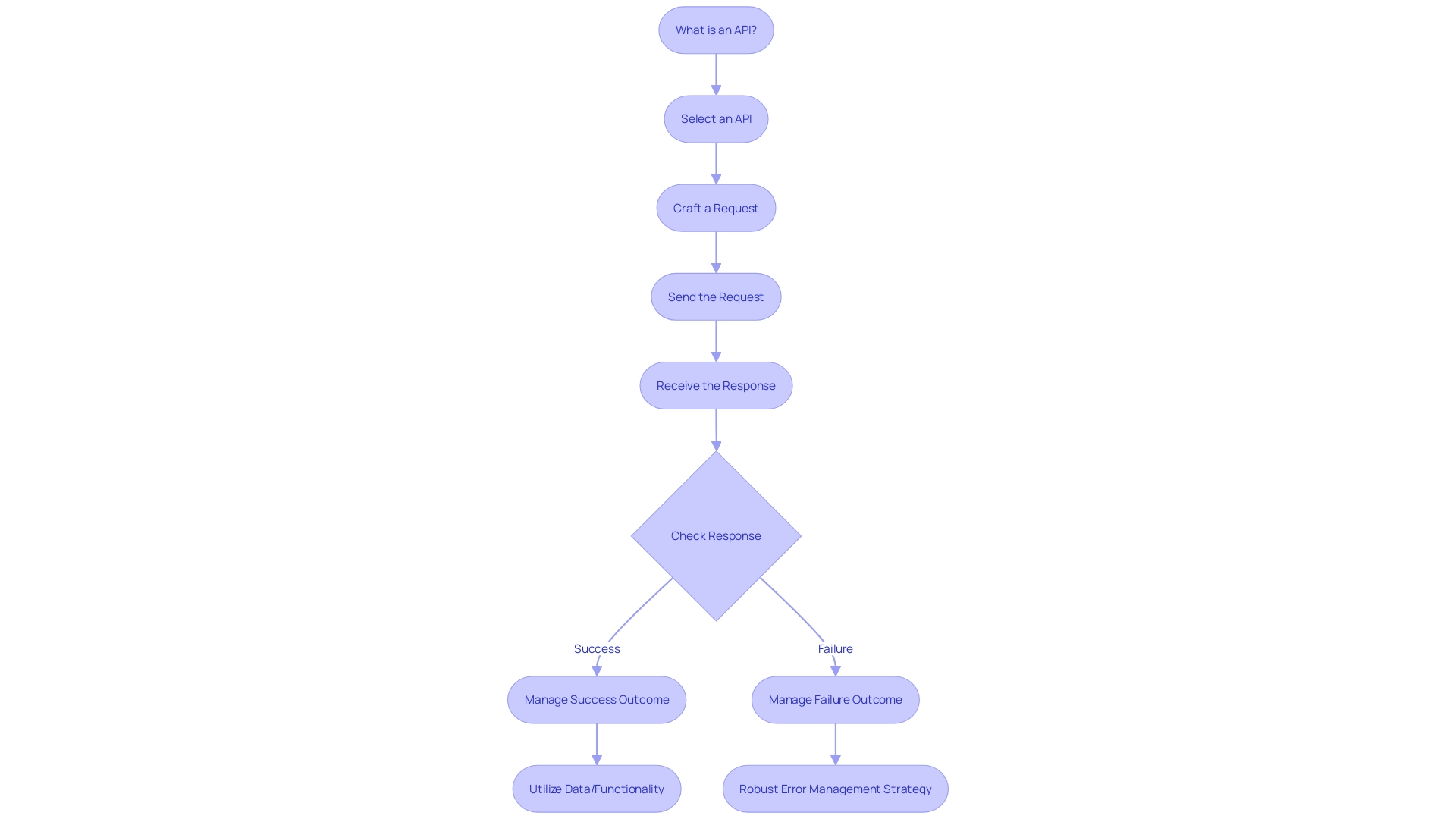
API Documentation and Best Practices
In the realm of software development, APIs act as pivotal conduits for creating richer digital experiences by enabling diverse applications to communicate efficiently. Remarkably, Google has lauded APIs as the esteemed 'crown jewels' of software crafting, underscoring their transformative role in augmenting applications with advanced capabilities.
APIs not only permit developer collaboration but also catalyze innovation by integrating emerging technologies and leveraging big data insights. Yet, the utility of an API hinges critically on the clarity and quality of its documentation.
Essential factors for superior API documentation include clarity, ensuring language is concise and accessible; and completeness, encompassing all necessary information such as endpoints, methods, parameters, and expected responses. Selecting an apt documentation tool can make a substantial difference, facilitating the creation of documents that are not only readable but also easy to maintain and update. Comprehensive and user-friendly documentation is indispensable, serving as a trustworthy knowledge base that deciphers the API's operations and empowers seamless developer interactions with your applications.
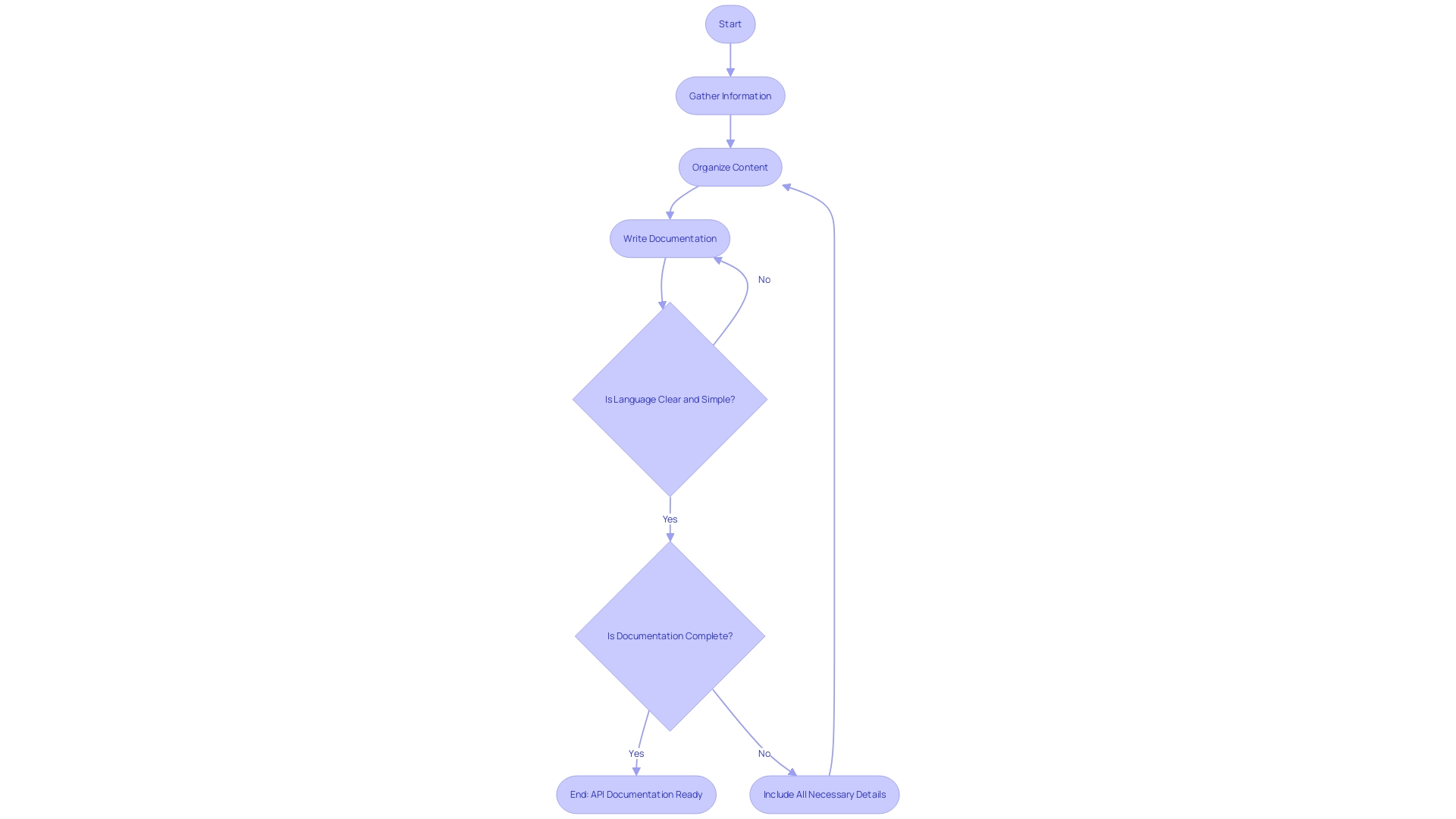
Common API Use Cases and Examples
APIs (Application Programming Interfaces) are the essential building blocks of modern software, connecting various applications in today's digital world, akin to how diplomats facilitate international relations. Recognizing their vital role in development, an API-first strategy is widely adopted, fostering stronger web interactions and data exchange. APIs are not stagnant; they evolve, powering innovation and enabling the creation of remarkable solutions through the amalgamation of diverse software services.
They offer an invaluable toolkit for developers to weave complex functionalities and provide seamless integration. In this realm, tools like Kodezi serve as allies to developers. Kodezi, an AI-powered development platform, provides services such as code debugging with detailed insights, optimization specific to your code's context, language translation for codebases, and more.
With features tailored to enhancing developer productivity and efficiency, Kodezi supports an API-first approach by simplifying the coding process—from generating comprehensive documentation to offering line-by-line explanations. Accessible to programmers in various sectors, Kodezi caters to novices learning the ropes, seasoned professionals aiming for optimization, and enterprises striving for faster project turnaround. By integrating Kodezi, the development of robust APIs and sophisticated applications becomes more streamlined, marking a significant leap in digital innovation and efficiency.
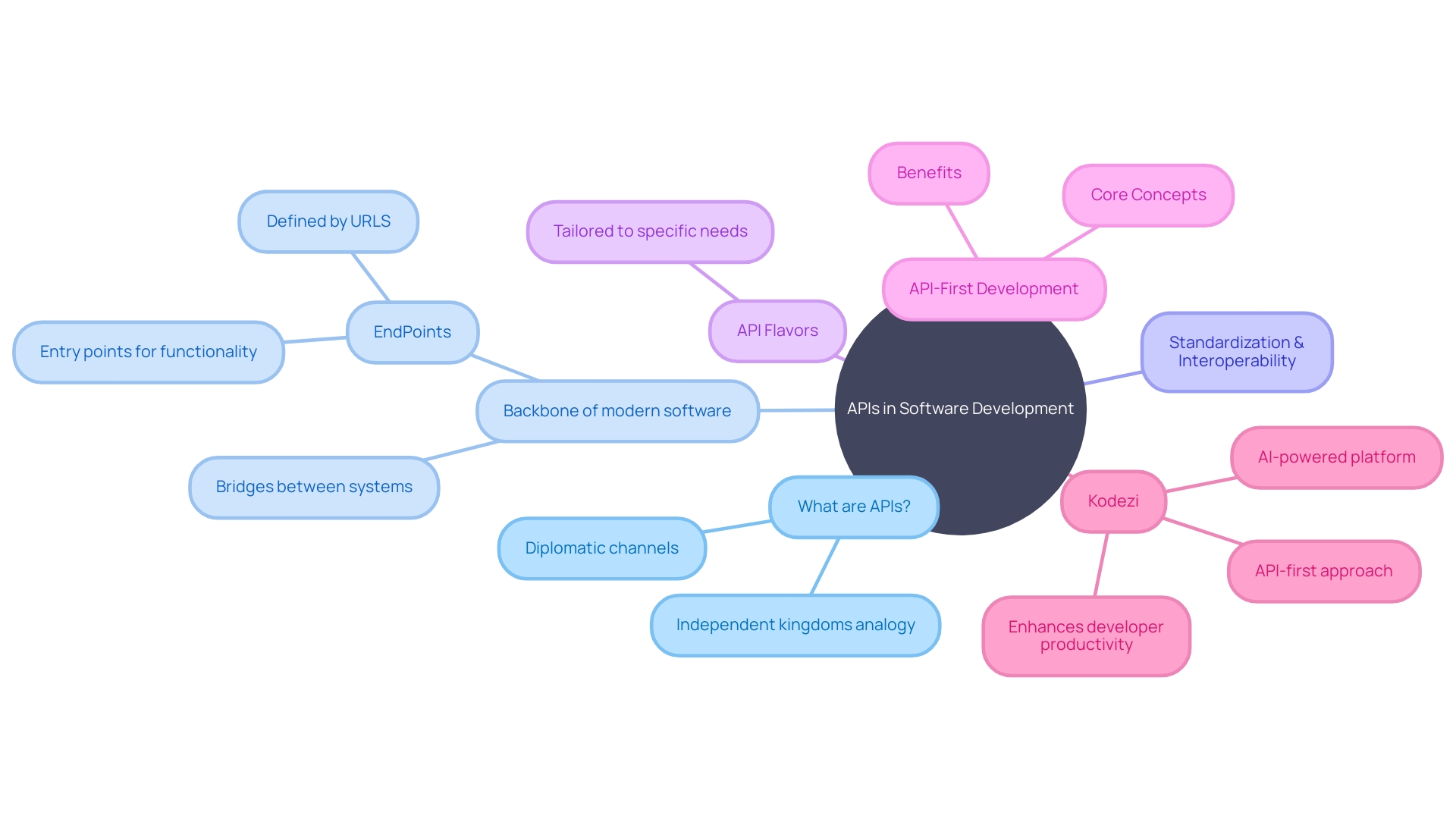
Advanced API Techniques for Complex Applications
Exploring advanced API methodologies is fundamental to managing the ever-growing complexity within software applications. One aspect of such intricacies involves effective navigation through abundant data. Pagination serves as a method to compartmentalize this information into digestible segments, thus enhancing user experience by safeguarding against overwhelming data dumps.
Additionally, filtering capabilities empower users to sift through this data with precision, accessing only the pertinent information required for their tasks. Rate limiting has emerged as a crucial mechanism to maintain the stability of APIs, especially under conditions of heavy traffic. By strategically controlling the request flow, APIs can operate smoothly, preventing overloads that can cause service disruptions.
Understanding the subtleties of API performance optimization is also paramount. As software operates like interconnected kingdoms exchanging valuable data—as brilliantly depicted in the API-first development model—it's critical to ensure that these channels are both robust and efficient, guaranteeing rapid and reliable communication between services. In the quest to implement these advanced techniques, one must heed the cautionary tale from Lufthansa's 'Check-In' software project.
They encountered the multiplicity of meanings attributed to a single term, 'Flight,' which highlighted the importance of clear definition and naming conventions to prevent ambiguity and foster seamless integration. This example underscores that an unambiguous API design is indispensable for the cohesiveness and functionality of complex systems. Therefore, while enhancing technical functionalities like pagination, filtering, and rate limiting, one must also maintain a strong focus on API definition clarity to avoid complications evident in real-world scenarios.
Troubleshooting and Debugging API Issues
APIs, heralded as the crown jewel of software development by Google, have cemented their importance as the linchpins of modern software creation. By serving as translators between disparate software programs, these interfaces empower developers to forge more sophisticated and potent applications, harnessing the connectivity to other services.
In the era where big data exposes an abundance of insights and novel technologies consistently emerge, APIs have never been more vital. They enable developers to synergize with stakeholders to augment agency systems, thereby expanding the frontiers for innovation.
Yet, the journey of API development and integration isn't without its hurdles. Effective troubleshooting and debugging strategies are pivotal for overcoming common API challenges. Armed with the right techniques, developers can ensure that the APIs they craft or integrate function seamlessly, weaving together the intricate web of today's software ecosystem.
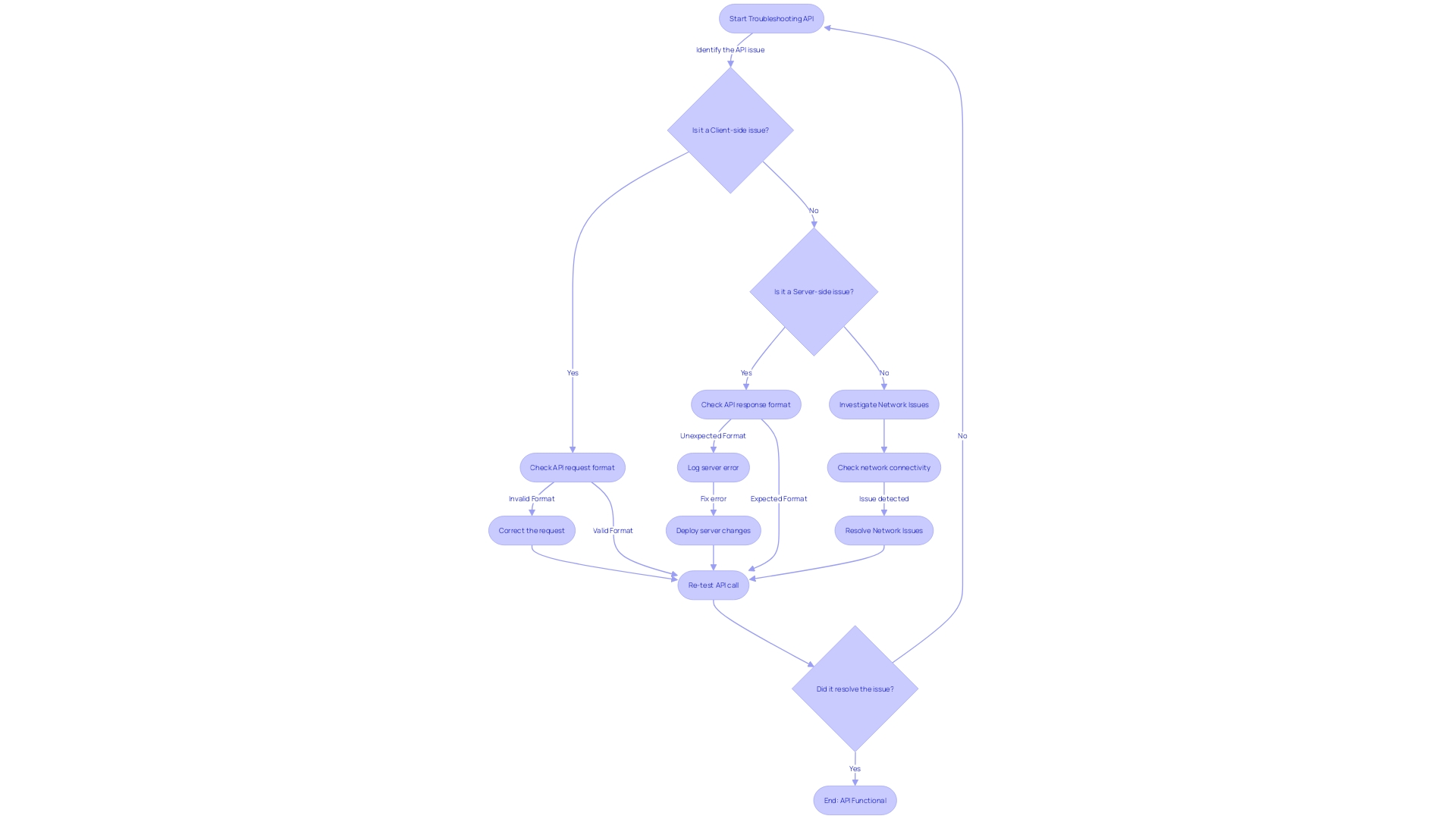
Conclusion
In conclusion, APIs are indispensable in modern software development, enabling seamless integration and efficient communication between applications. Choosing the right API, implementing strong security measures, and effectively handling requests and responses are vital for maximizing efficiency and productivity.
Comprehensive documentation and the use of advanced techniques, like pagination and rate limiting, further enhance the capabilities of APIs. Tools like Kodezi, an AI-powered development platform, streamline the coding process, provide comprehensive documentation, and offer valuable insights, making API-driven software development more efficient and innovative.
Troubleshooting and debugging strategies are crucial for overcoming common API challenges and ensuring seamless integration and functionality. Overall, understanding API basics, selecting the right API, ensuring security, handling requests and responses effectively, and utilizing advanced techniques are essential steps in achieving maximum efficiency and productivity in the API-driven world. APIs are the backbone of modern software, enabling seamless integration, innovation, and efficient communication between applications.
Frequently Asked Questions
What is an API?
An API (Application Programming Interface) is a set of rules and protocols that allows different software applications to communicate with each other, similar to how an interpreter facilitates a conversation between people who speak different languages.
How do APIs work?
APIs work by defining methods and data formats that applications can use to request and exchange information. This allows applications to access specific functionalities or data from other software systems efficiently.
Why are APIs important in modern software development?
APIs are crucial because they support the seamless integration of applications, facilitating the use of existing functions to build innovative solutions without the need to recreate underlying technologies. They are important for managing big data, integrating new technologies, and collaboratively enhancing systems.
How do you choose the right API for your project?
Choosing the right API involves finding one that suits your project's specific needs, which can help avoid redundant coding efforts and leverage existing functionalities. It's important to consider an API-first strategy, focusing on the core 'needs' of your project rather than 'wants.'
What are the best practices for API authorization and authentication?
Best practices for API security include using API keys as a baseline defense and employing more advanced methods like OAuth tokens and JSON Web Tokens (JWT) to verify and safeguard against unauthorized access, ensuring communication remains between trusted parties.
How do you make API requests and handle responses?
Making API requests involves crafting precise queries to an API and handling the responses effectively, which requires a robust error management strategy. Responses can vary, and developers should be prepared to manage both successful data-rich responses and error-laden failures.
Why is API documentation important?
API documentation is critical because it serves as a knowledge base that explains the API's operations and allows developers to interact seamlessly with your applications. Good documentation should be clear, complete, and easy to maintain and update.
Can you give examples of common API use cases?
APIs are used to connect various applications, allowing them to exchange data and services. An example includes Kodezi, an AI-powered development platform that provides services such as code debugging and optimization, facilitating an API-first approach.
What are some advanced API techniques for complex applications?
Advanced API techniques include pagination to break down data into manageable segments, filtering to access specific information, and rate limiting to maintain API stability under heavy traffic. Clarity in API design is also crucial to prevent ambiguity and ensure seamless integration.
How do you troubleshoot and debug API issues?
Troubleshooting and debugging API issues require effective strategies to ensure that the APIs function as intended. This involves identifying and resolving challenges that may arise during API development and integration.
What security measures should be taken when setting up APIs?
When setting up APIs, robust security measures including authorization and authentication protocols must be established to prevent data breaches and maintain the integrity of digital platforms.
How should API documentation be approached?
API documentation should be approached with an emphasis on clarity and completeness, using appropriate tools to create documents that are both readable and easy to update.
What lessons can be learned from real-world API use cases?
Real-world API use cases teach the importance of selecting the right API that meets the project's needs and the necessity of clear API design to prevent complications in complex systems.
Is there a strategy to optimize API performance?
Yes, API performance optimization involves techniques such as pagination, filtering, and rate limiting, as well as ensuring clear API definitions to facilitate efficient and reliable communication between services.




